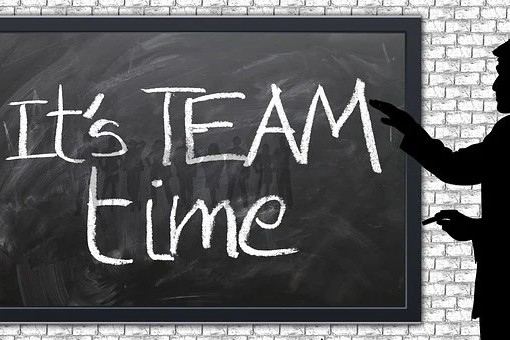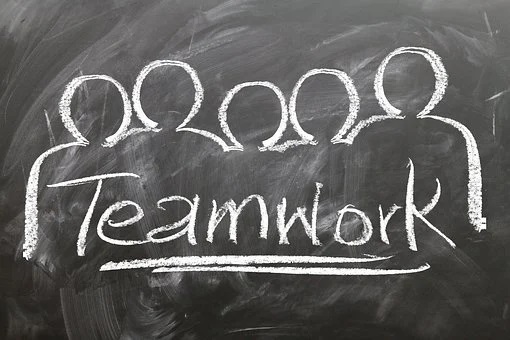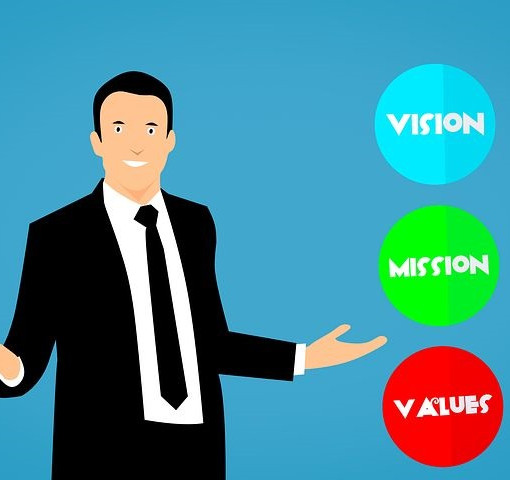The conference call was going on and on, so to amuse myself I opened a Microsoft Solitaire game. It was easy to talk (mostly listen!) and play some mindless card games. After the call ended, I continued playing one of the games for another 30 minutes.
What a waste of time. When I thought about why I continued to play a game that was frankly boring, I realized I wanted to reach the “Silver” level before I quit. The Silver level was an arbitrary achievement of the game creator. It had no monetary value, I received nothing for it, and nobody was watching to pat me on the back and say “what an accomplishment”!
Still, I was driven to continue playing until I reached that level. I felt a sense of accomplishment as I closed out the game–a sense of accomplishment based upon nothing real. The game creator made an arbitrary goal and I felt compelled to try and reach it.
I started thinking about how many websites keep users online and coming back by capitalizing on the desire (some may say need) to achieve. There are no real cash rewards, no public recognition, but they hook the user by offering one more level to reach, one more star to be won, or a new title or avatar. And it works with millions of people.
Think of all the gaming sites that right now have users trying to achieve that next level. Complex interactive games, word games, casino sites–all use this approach. You don’t login in to just play the game. After a few times it is pretty boring. You are trying to achieve the next level- go from Silver to Gold. It keeps you playing just a little longer until, suddenly, you realize that you have been at it for hours.
It is not just gaming sites. PCH (Publishers Clearing House) tells you that with one more purchase you can obtain VIP Status. Other retailers do the same. Click-bait enticements offer you the chance to beat this IQ score or prove that you can pass a history test that most PhD’s failed.
All of these businesses have learned to capitalize on the human drive to achieve, and it does not have to be extrinsic in terms of reward or recognition.
Giving employees something to achieve
Do we take advantage of this achievement drive in HR? Not as much as we could or should. In “More Effective Employee Recognition Programs” I discuss how most of our recognition activities are related to either showing up (Service Awards, Perfect Attendance) or popularity (Employee of the Month). The post goes on to share examples of how awards should be directed to achievements in profitability, quality, or satisfaction. This is true for both individuals and teams.
But let’s go beyond those awards. Could we use this drive to achieve in another area?
What about all those mandatory checkoffs that every healthcare worker must complete each year? There are numerous safety trainings, infection control, compliance issues, licensing, and patient satisfaction requirements that employees are required to meet and/or document each year.
Think about how much time is spent by HR and manager’s in assuring completion of all of these required activities. The hours and dollars required to meet these annual requirements are mind boggling.
One hospital had a full time position dedicated to insuring nursing licenses were maintained. This individual monitored all nursing license expiration dates and would track down the nurse to make sure that s/he renewed prior to expiration. ( One would think that it would be important enough for the nurse to manage.)
An earned reward program
One hospital looked at the cost of their managers trying to coerce compliance. With an understanding of the innate drive to achieve, they moved to an approach where the responsibility was on the employee to complete annual mandatory requirements.
They rewarded the completion of various activities with points. Then, they took it a step further by adding other non-mandatory activities that they believed added value to their program.
The points had a cash equivalent of $.08. An activity that was awarded 5 points was worth $.40. When enough points had been achieved, the employee could select from a gift catalog. Here is the program used by this hospital.
Loving Health Care Center
Recognition Rewards Program
|
SAFETY OSHA Recordable Incidents Individual (No recordable incidents) Team (No recordable incidents) Safety Suggestion Implemented Receipt of Safety Pat on the Back Author safety article printed in employee newsletter Hazardous Surveillance Conduct Dept. Safety Training INDIVIDUAL Perfect Attendance ABCD Award CARE Award Publishing Award Employee of the Month Cross training to another Appraisal completed on time Blood Drive United Way Contribution Employee Suggestion Implemented Other (education programs, etc) TEAM Participant in process improvement team Gold BAT Awared Silver BAT Award 10% Club ReCycle Award Position Elimination WELLNESS Smoking Cessation Body fat/Weight loss maintenance Blood pressure screening maintenance Annual check-up Annual no Smoking maintenance Monthly Wellness program participation |
SAFETY OSHA Recordable Incidents 5 Points/Year 5 Points/Year 15 Points/Suggestion 5 Points/Occurrence 10 Points/Occurrence 5 Points/Occurrence 5 Points/Occurrence INDIVIDUAL 15 Points/Year 10 Points/Occurrence 5 Points/ Occurrence 10 Points/Occurrence 20 Points/Year 25 Points/Year 15 Points/Year 5 Points/Occurrence 5 Points/Year 20 Points/Occurrence 5 Points/Occurrence TEAM 10 Points/Occurrence 40 Points/Year 25 Points/Year 15 Points/Year 15 Points/Year 25 Points/Year WELLNESS 10 Points/Year 5 Points/Year 5 Points/Year 5 Points/Year 5 Points/Year 5 Points/Year |
I started by describing how people are driven to achieve even when there is no monetary or physical reward. They will do it for the intrinsic satisfaction. An organization could set up a program where achievement of all of the activities resulted in nothing more than “winning” or achieving a pre-defined level, or a simple recognition card.
In this case, the program was of such value that the organization was willing to reward the achievements with something tangible. It described the desired activity with a defined outcome and then put the responsibility in the hands of the employee.
Achievement program benefits
A point- based awards program has several benefits.
First, it requires management to identify desired behaviors and actions in advance and determine their worth to the organization.
Second, it puts the employee in control and provides an incentive to achieve. Carrot vs. the stick.
Third, the employee is in charge of the reward. It is not one size fits all. S/he can redeem points for whatever reward is sought (and additional time off can be a part of it).
Finally, the program is flexible. Any desired outcome can be included or dropped on an annual basis. Annual business/team goals can be included and weighted appropriately. In the example above, the organization valued process improvement and consequently weighted team and PI activities.
What behaviors do you want to see in your employees? Do you have corresponding rewards? Think about how you could take advantage of a robust recognition program to make the manager’s job easier.





